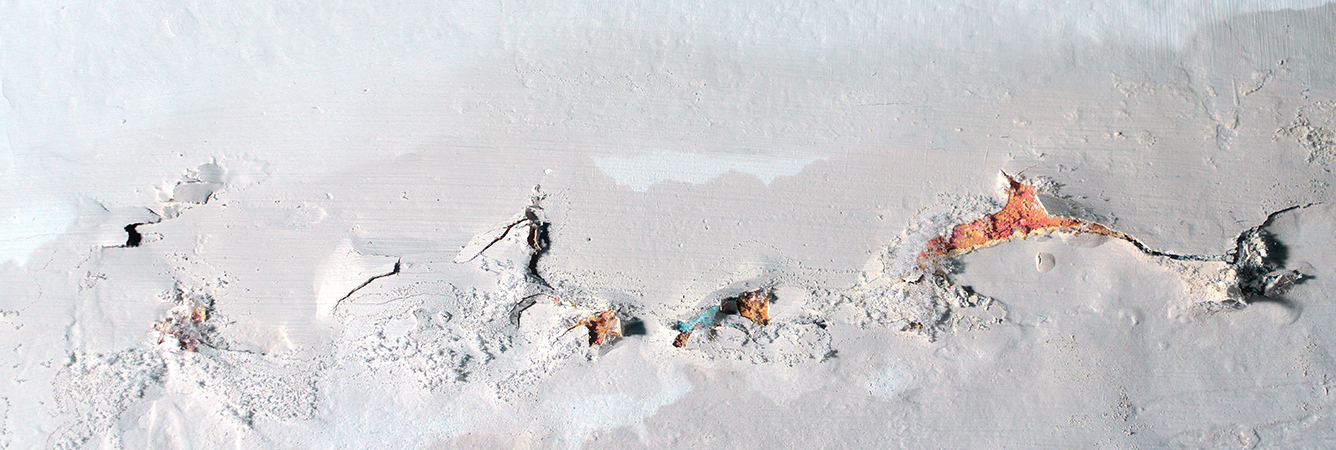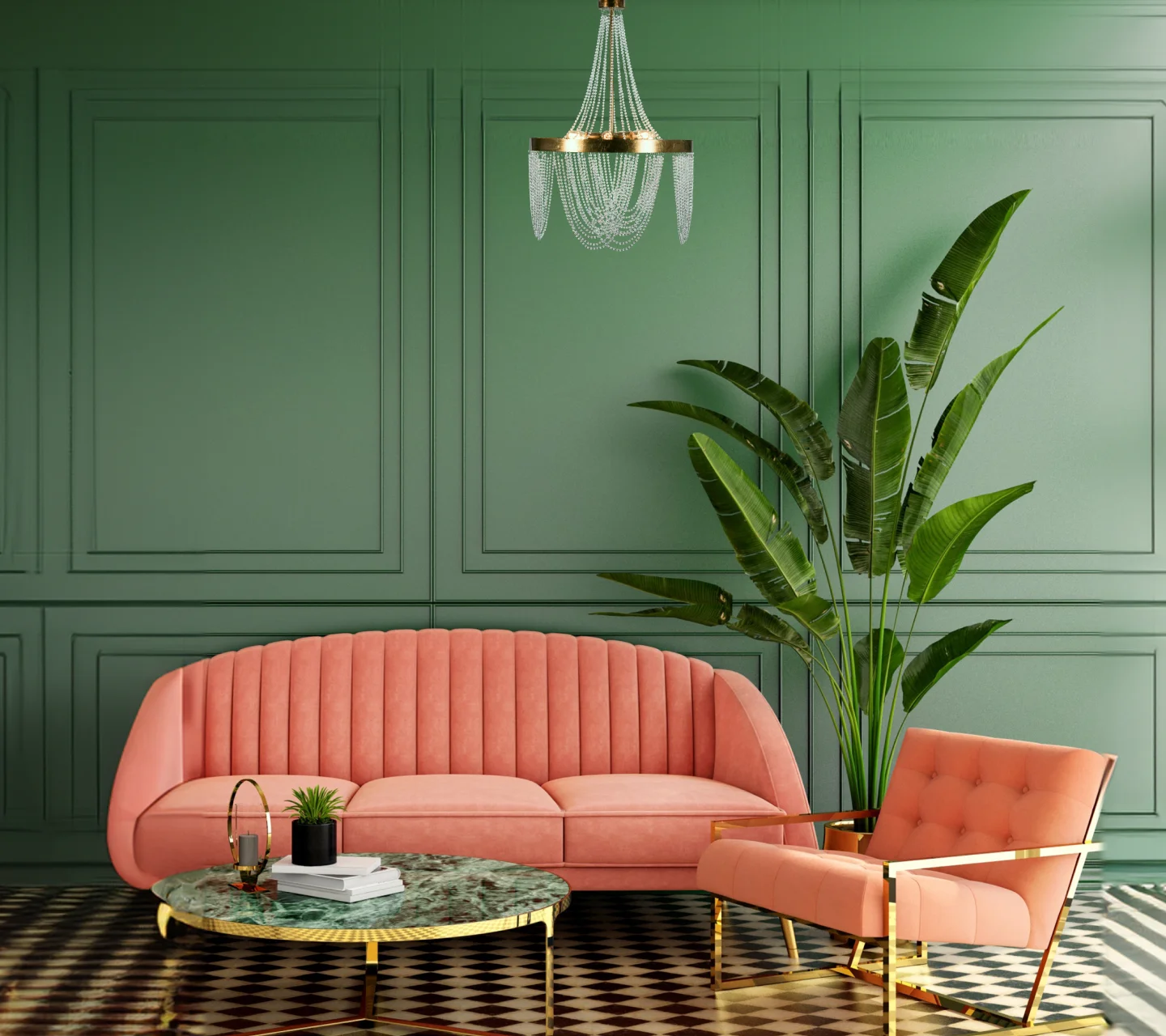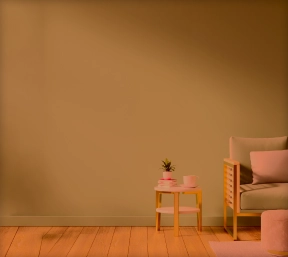Waterproofing solutions
House waterproofing
What is Dampproofing? Why is it Necessary?
How to Treat Damp Walls Internally?
As a homeowner, one of the most important things you can do is to protect your property from water damage.
It can damage your house and result into flaking paint, crumbling plaster, curling wallpaper, and rotting skirting boards. It can even transform your cosy abode into an uninviting and unpleasant space. That’s why damp proofing your home is essential.
In this article, you will find a detailed guide highlighting the nitty gritty of damp proofing right from what it is, to its importance and how to remove damp from walls to ensure maximum protection!
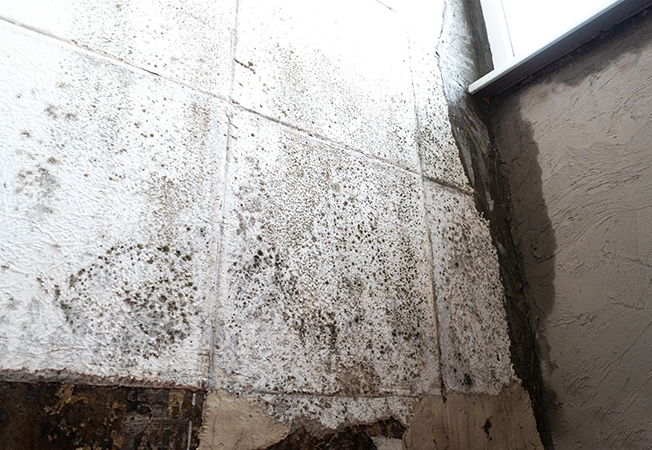
What is Dampproofing?
Damp proofing walls is the process of preventing moisture from the ground from entering the walls and damaging the entire structure. More importantly, it is a process that leads to the diffusion of moisture content into the houses through walls, floors, roofs, etc.
Properties that are not safeguarded with proper damp proofing solutions are often damaged due to the excess moisture rising from the ground. The moisture can then affect the plaster, and the cosmetic appearance of the structure. Thus, damp proofing walls and roofs is an important part of the construction process.
So, if your dream home is in the construction phase, or you are planning to renovate your space, keep reading further to know why it is necessary to invest in damp proofing solutions:
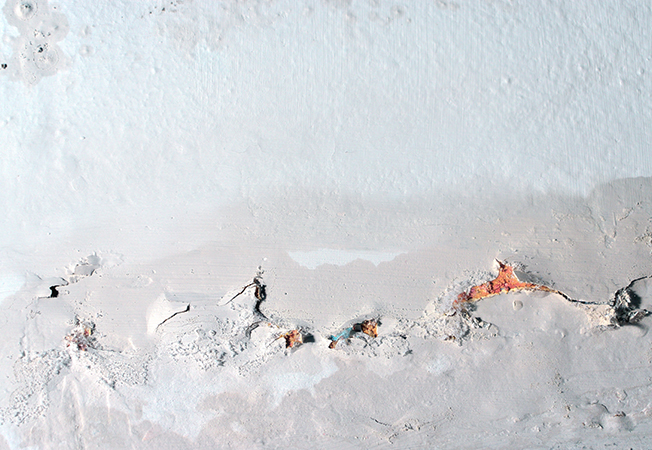
Why is Dampproofing Necessary?
When a house is built from materials like bricks and concrete, it is always at a risk of water dampness. This is why you will find water problems like dampness and mildew on the lowest levels of buildings and masonry houses.
Therefore, look for professional damp proofing wall solution that can keep your building moisture-free, and reduce the rate of water absorption to avoid damage.
Now that you know why damp proofing is important, let’s quickly understand the root causes of dampness in the buildings:
- Excess moisture
- Use of poor construction materials
- Inadequate gutters
- Climatic conditions
- Soil drainage problems
- Entrapped moisture during concreting
- Moisture ingress from the ground to the walls
- Leaking pipes
- Condensation problems
With causes of damp proofing revealed, let’s now focus on understanding the best dampproofing methods below:
What are the best Dampproofing Methods?
Applying or spraying a coat of damp proofing solution on the external walls is an effective way. It acts as a barrier that helps prevent rising dampness on the house exteriors. Besides this method, there are other methods of damp proofing (as mentioned below) to treat damp walls internally:
· Joint Filler and Liquid Wrap
This is the one of the common methods of damp proofing. All you require is a liquid wrap made from a polymer and apply it over the damp or moist areas. But before the liquid wrap is applied, use a waterproof joint filler to close any cracks and holes.
· Asian Paints Dampproof Solution
Formulated with PU hybrid polymers and reinforcing acrylic fibres, Asian Paint’s SmartCare Dampproof Ultra is a great way to prevent ultimate dampness.
· Flashing Materials
You can damp proof your house by investing in flashing materials, such as damp-proof membranes. These membranes are impermeable to water, making it easy to prevent it from passing through the walls into your building. Yes, so you can prime your walls with paint for damp walls interior, and then apply a damp proof membrane.
· Asian Paints Damproof Solution -
Asian Paint’s SmartCare Damp proof is a glass fibre reinforced elastomeric liquid-applied waterproofing membrane, which upon curing, forms a thick, seamless membrane.
· Damp proofing creams or rods
Damp proofing rods are made of silane/siloxane polymer with water-repellent qualities. Once they are installed, they can prevent the dampness from travelling up the walls by capillary action. You can even use damp proof paint for roof or paint for damp walls interior, for ultimate protection.
Causes of Dampness in Walls
Here are the most common causes of dampness in walls:
- Poor ventilation is one of the major causes of dampness as a lot of moisture is generated while washing clothes, cooking, or drying clothes inside your house.
- Dampness can penetrate the walls through leaking roof tiles or leakages from an adjacent bathroom.
- Water from dripping plumbing lines of the exteriors or interiors can result in damp walls.
- Rising damp is a very common problem in older homes especially in houses where a damp proof course has not been used to create a barrier between the soil and the foundation of the building.
Now that you know what dampproofing is, its importance and causes of dampness in walls, let’s proceed further to understand the difference between waterproofing and damp proofing:
Difference Between Damp proofing and Water proofing:
Whether you’re living in humid and sultry regions of the country or in a cosy corner of the hills, securing your home against water damage is important.
While the most obvious solution against damage protections seems to be damp proofing, many people often overlook the benefits of water proofing. So, it is important to understand exactly what your home needs for damage protection.
Now, let's find out and look at the significant differences between damp proofing and water proofing:
Difference |
Damp proofing |
Waterproofing |
|---|---|---|
Material |
Unmodified asphalt |
Polymer-enhanced membrane |
Original Function |
Initially developed as a type of primer for preparing road surfaces and basement protection |
Designed for moisture protection on block and poured wall foundations |
Thickness |
Less than 10 mils (if cured) |
Min 40 mils (if cured) |
Resistance to hydrostatic pressure |
Does not resist water flow under hydrostatic pressure |
Can resist water flow under hydrostatic pressure |
Stability underground |
Brittle (at low temperature) |
Retains elasticity and flexibility |
Crack bridging |
Little to none |
Can span cracks of 1/16 |
How to prevent dampness in walls?
Wondering how to prevent dampness in walls? We’ve got you covered.
We’ve listed some best ways on how to prevent dampness in walls below:
- Periodically open the windows and cross ventilate your house so that the moist indoor air is replaced with fresh outdoor breeze.
- You can also use exhaust fans in areas like the bathroom and kitchen.
- Another great way to prevent dampness is by installing a chimney with a high suction power to avoid smoke and steam into the outdoors.
FAQs
1. How to treat damp walls internally?
If you’re wondering how to treat damp walls internally, we have the right answers. The best way to treat damp walls internally is to either use a liquid wrap and joint filler, flashing material, or damp proofing creams or rods. For ultimate protection, you can use damp proof paint for internal walls with waterproof primer!
2. How to treat dampness in internal walls in India?
It is important to treat the dampness in internal walls in India as it can lead to major structural damage. Some best methods to do so include using liquid wrap and joint filler, flashing material, and dampproofing creams or rods.
3. Which one is a better choice for you: Damp proofing or waterproofing?
A strong and sustainable home foundation is key to maintaining a healthy home environment. And shielding it from drastic weather conditions is an essential factor in maintaining this strong foundation. The best way to decide whether water proofing or damp proofing is the right choice for you is to evaluate the weather conditions, previously weather-proofing solutions used to secure your home, and any noticeable damage caused to your home.
4. How to treat damp walls before painting?
Wondering how to treat damp walls before painting? Using a primer over the damp or mould will help cover up wall imperfections, such as discolouration, marks, and stains. This technique about how to treat damp walls before painting also helps protect the final coat of paint from any severe damages later and keeps your wall fresh and beautiful.
At Asian Paints, we strive to develop and offer the best standard waterproofing solutions including waterproof paints, high-performance damp-proof paint coating, and much more! Created with the top-quality waterproofing chemicals and materials, our Asian Paints range includes highly effective water and vapour sealant products like Smart Care Damp Proof, Damp Proof Advance, Damp Sheath Exterior, Smart Care Damp Proof Ultra, Smart Care Damp Block 2k and many more!
Whether you’re looking for reliable waterproofing paints, or damp proofing coating, Asian Paints has every solution for preserving your home for a lifetime.
Asian Paints Damproof Solutions
Well, now that you are well-versed in dampproofing and its different methods, to know the best treatment for your place, you must hire experts for waterproofing solutions! And at Asian Paints, we have a team of professional dampproofing experts who not only conduct a damp inspection but also recommend personalized solutions from our range of Asian Paints Damproof SmartCare products. Our products include damp proof paint for internal walls and many more, which you can explore on our website!
LIKE THIS ARTICLE
Give us a thumbs up!



